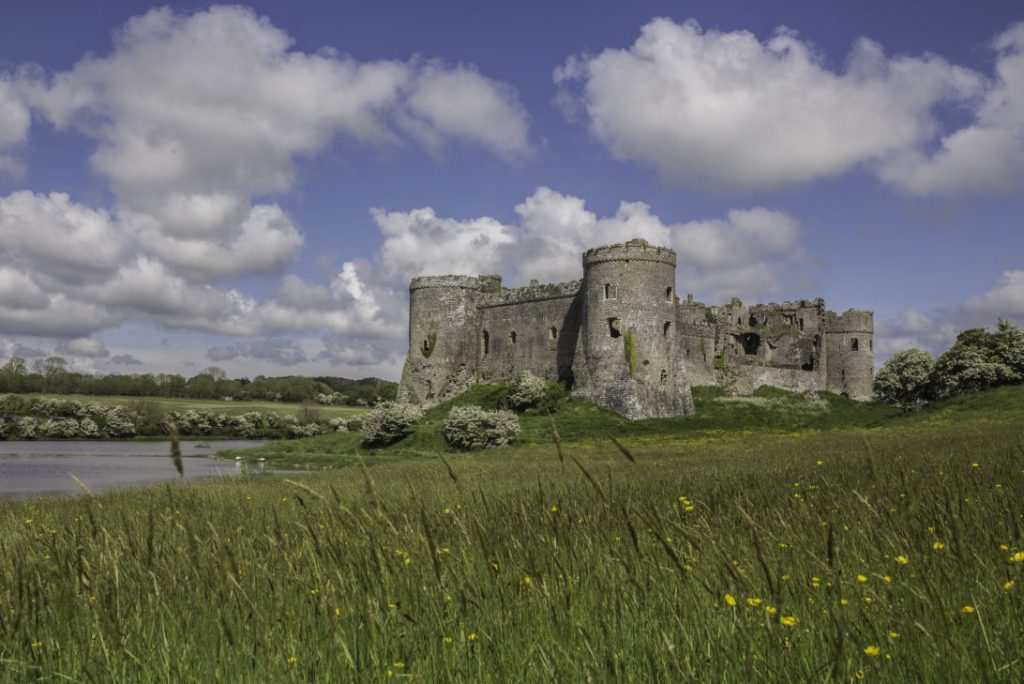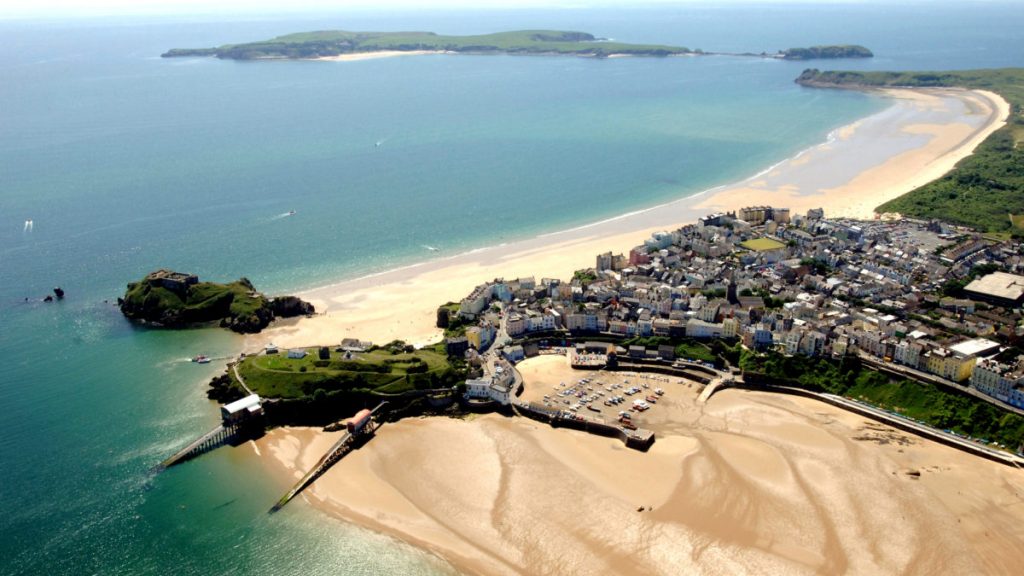From roundhouses and farms to milestones and the odd telephone box, it’s not just about how a building looks that can give it ‘listed’ status.
Buildings are listed for architectural or historic merit, as well as for group value, technical importance or association with important people and events.
We have a wide and eclectic range of listed buildings in the National Park, including large country houses, Medieval churches, farms, chapels, cottages, milestones and even telephone boxes. Our most modern listed building is the Round House, Quickwell Hill, St Davids, built in 1965 in the modernist style by the architects Sterling and Gowan.
Listed buildings are graded according to their relative importance across three categories: grade I, grade II* and grade II. Grade I buildings are of exceptional quality such as medieval castles, churches and large country houses. We have 28 grade I listed buildings within the National Park.
Grade II* buildings are particularly important buildings described as having ‘more than special character’ – such as gentry houses or important chapels and there are 74 buildings of this grade in the National Park.
The third category and vast majority of listed buildings are Grade II. These are buildings which are characteristic of our towns and countryside, and which have survived alteration and modernisation. All the grades, however, have the same level of legal protection.
Listing also covers the interiors of buildings and their curtilage – the area immediately surrounding them. Curtilage includes all sorts of features important to the character of the listed building – it can include outbuildings, structures within formal gardens, gates or railings. The curtilage covers all buildings which pre-date July 1948. This concerns the setting of the building – the surroundings which make such an important contribution to its character and significance.
Fixtures eg historic fireplaces, doors, cornices and staircases also form part of the listing, whether mentioned in the list description or not.
If you own or manage a historic and/or listed building read this guide for owners and occupiers of listed buildings. We have also produced the following advice leaflets:
Listed Building Register
Click the icons on the map below to view details of listed buildings in Pembrokeshire.
More information
If you would like advice, please contact us. To view the listed buildings in the National Park see the map on this page or visit www.britishlistedbuildings.co.uk.

